Redstem Dogwood: The Winter Beauty That Will Brighten Your Yard
Title: RedStem Dogwood: The Winter Beauty That Will Brighten Your Yard
Introduction:
Winter can be a dreary time for gardens, but there are a few plants that can help to brighten up the landscape. One such plant is the RedStem Dogwood (Cornus sericea). This beautiful tree is known for its bright red stems, which are especially striking against the snow. RedStem Dogwood is also a relatively easy tree to care for, making it a great choice for even the most novice gardener.
Main Content:
- Origin and Appearance
RedStem Dogwood is native to North America and can be found growing in a variety of climates. It is a small to medium-sized tree, typically growing to be 15-25 feet tall. The leaves are oval-shaped and green in the summer, turning a golden yellow in the fall. The flowers are small and white, and they bloom in the spring.
The most distinctive feature of RedStem Dogwood is its bright red stems. The stems are this color year-round, but they are especially striking in the winter when they stand out against the snow.
- Growing Conditions
RedStem Dogwood is a relatively easy tree to care for. It prefers full sun, but it can also tolerate partial shade. The tree is drought-tolerant and does not require a lot of fertilizer. RedStem Dogwood is a good choice for small yards because it does not grow very tall.
- Pests and Diseases
RedStem Dogwood is relatively resistant to pests and diseases. However, it can be susceptible to anthracnose, a fungal disease that can cause leaf spots. If you see any signs of anthracnose, you can treat it with a fungicide.
- Propagation
RedStem Dogwood can be propagated by seed, but it is more commonly propagated by cuttings. Cuttings should be taken in the summer and rooted in a mixture of sand and peat moss.
- Uses
RedStem Dogwood is a versatile tree that can be used in a variety of ways. It can be planted as a specimen tree, in a hedgerow, or in a woodland garden. The tree is also attractive to birds and butterflies.
Conclusion:
RedStem Dogwood is a beautiful and easy-care tree that can add a touch of winter color to your yard. If you are looking for a tree that will brighten up your landscape in the winter, RedStem Dogwood is a great option.
If you are interested in learning more about red stem dogwood, I recommend visiting Home Gardening. This website has a wealth of information about the plant, including its history, cultivation, and uses. You can also find photos and videos of red stem dogwood, as well as a forum where you can ask questions and get advice from other gardeners.
FAQ of red stem dogwood
- What is red stem dogwood?
Red stem dogwood (Cornus alba) is a hardy shrub that is native to North America. It is known for its bright red stems, which are especially striking in winter. Red stem dogwood can grow up to 10 feet tall and 6 feet wide. It is a deciduous shrub, meaning that it loses its leaves in the fall.
- What are the benefits of red stem dogwood?
Red stem dogwood is a versatile shrub that can be used in a variety of ways. It is a popular choice for hedges, borders, and foundation plantings. It can also be used as an accent plant or in mass plantings. Red stem dogwood is also deer-resistant, making it a good choice for areas where deer are a problem.
- How to care for red stem dogwood?
Red stem dogwood is a low-maintenance shrub. It is drought-tolerant and can tolerate a wide range of soil conditions. However, it does best in full sun to partial shade. Red stem dogwood does not need to be fertilized often. A light application of compost in the spring will help to keep the plant healthy.
- What are the common problems with red stem dogwood?
The most common problem with red stem dogwood is powdery mildew. Powdery mildew is a fungal disease that causes white spots to appear on the leaves. Powdery mildew can be treated with a fungicide. Other problems that can affect red stem dogwood include aphids, scale, and borers.
- Is red stem dogwood edible?
The berries of red stem dogwood are not toxic, but they are not considered to be edible. Some people have reported rashes after coming into contact with the berries.
Image of red stem dogwood
- Image 1: A close-up of a red twig dogwood stem, showing the bright red coloration.
- Image 2: A cluster of red twig dogwood stems, arranged in a vase.

- Image 3: A red twig dogwood tree in winter, with the leaves gone and the stems showing their bright red color.
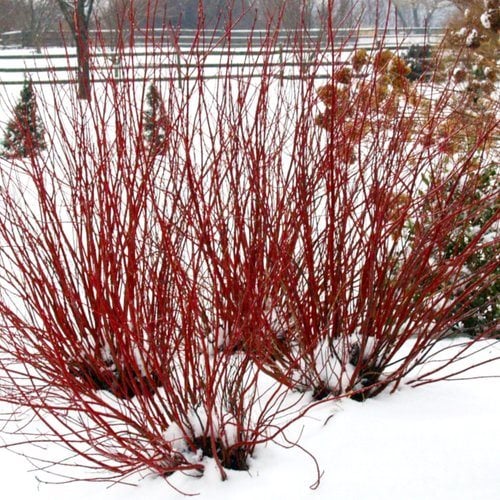
- Image 4: A red twig dogwood hedge, providing winter interest in a garden.
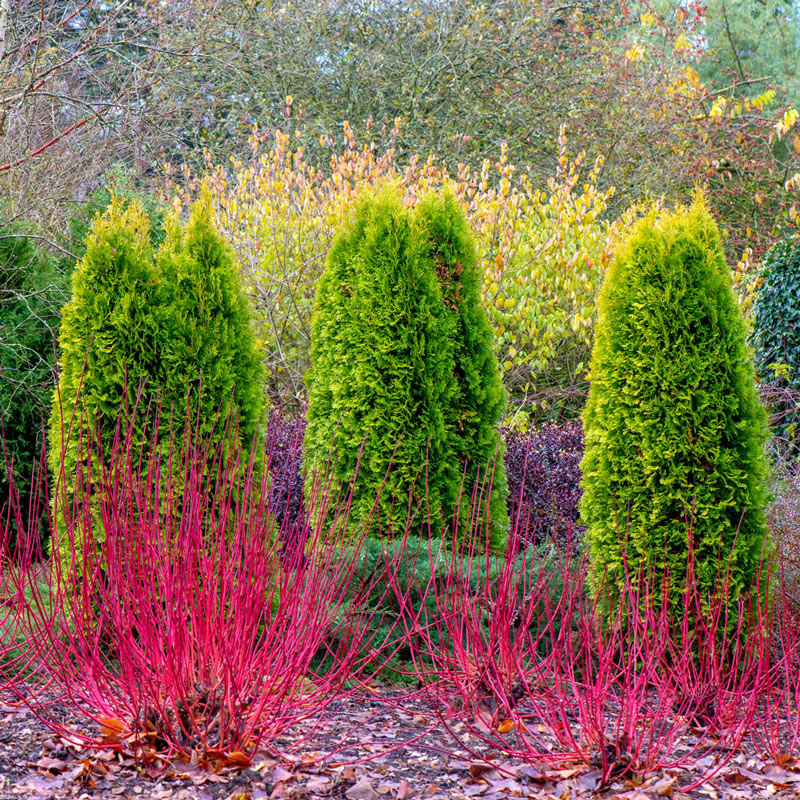
- Image 5: A red twig dogwood shrub, planted in a sunny spot in the garden.

- Image 6: A red twig dogwood bonsai, a beautiful and compact plant for indoor or outdoor display.
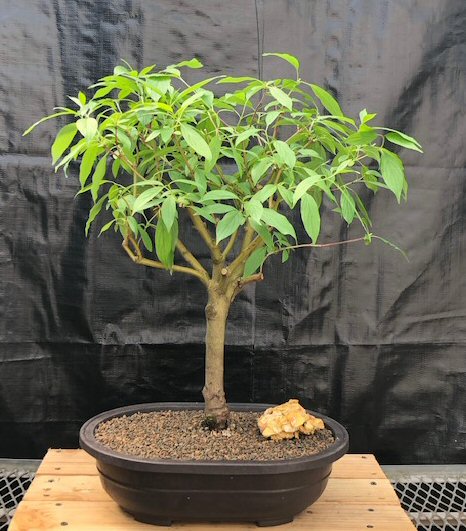
- Image 7: A red twig dogwood in a floral arrangement, adding a touch of winter color.
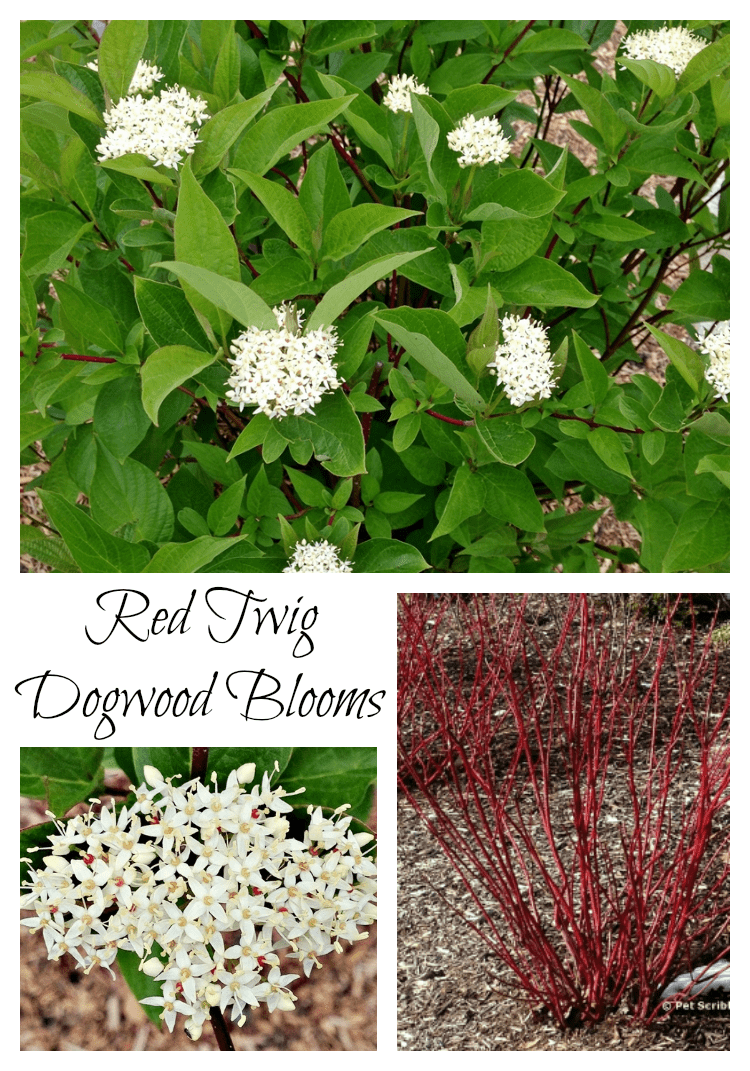
- Image 8: A red twig dogwood in a wreath, a festive decoration for the winter holidays.
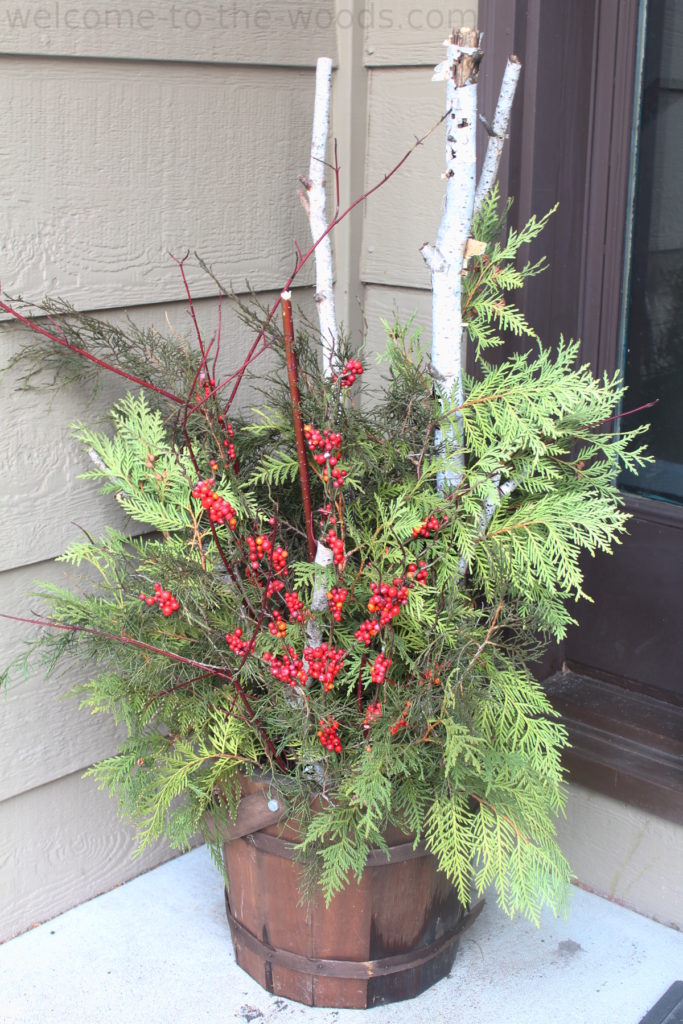
- Image 9: A red twig dogwood in a bird feeder, attracting winter birds to the garden.
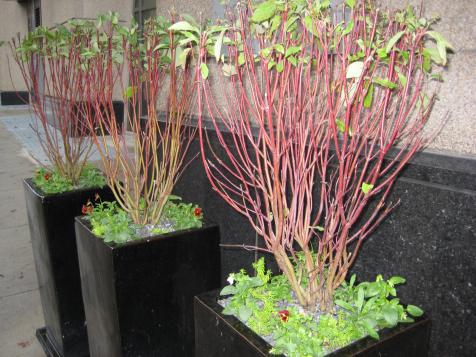
- Image 10: A red twig dogwood in a mixed border, providing winter interest alongside other evergreen plants.


Post a Comment for "Redstem Dogwood: The Winter Beauty That Will Brighten Your Yard"